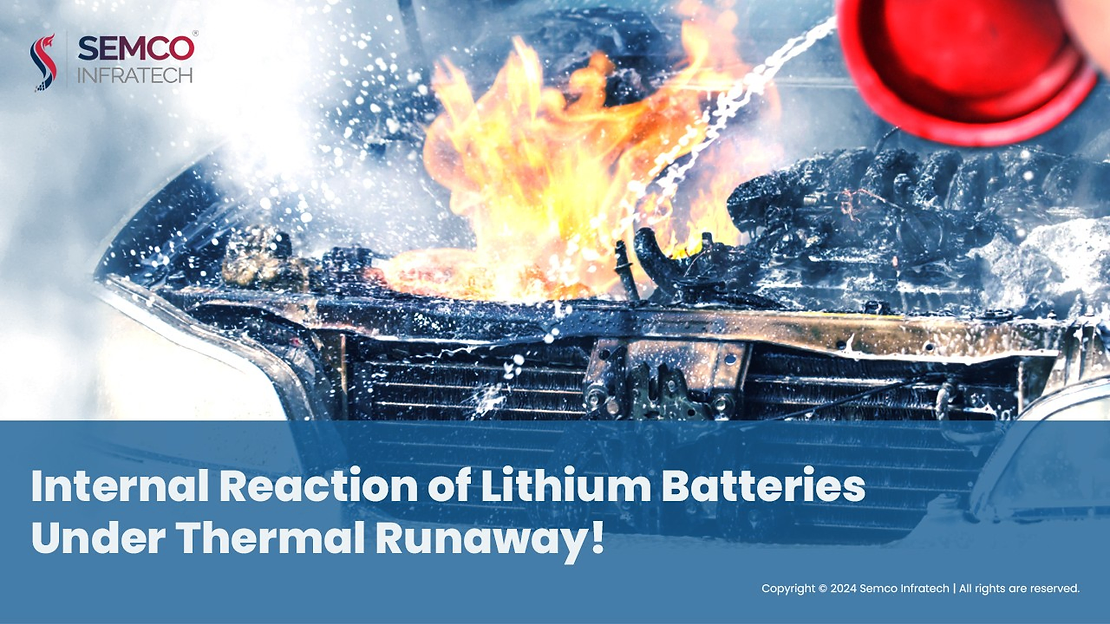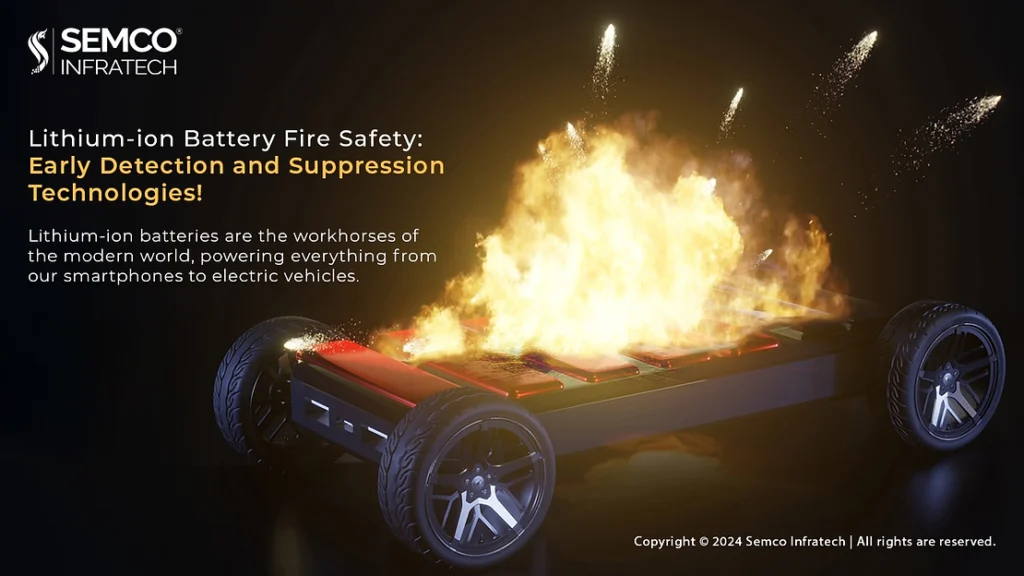
The heartbeat of electric vehicles lies within the intricate dance of charging and discharging processes that occur in their power batteries. These essential operations are the linchpin of energy conversion, steering the electric vehicle toward sustainable and efficient performance.
In this article, we delve into the detailed steps of both the charging and discharging processes, shedding light on the critical role of the Battery Management System (BMS). Additionally, we’ll debunk some prevalent myths associated with these processes.
Charging Process
Power Connection
- The charging journey begins with the electric vehicle connecting to a power source, typically an electric vehicle charging pile or power station.
- The charging pile or power station supplies current and voltage, facilitating the transmission of electrical energy to the vehicle’s battery pack.
Battery Management System (BMS) Control
- The BMS takes the helm during charging, meticulously overseeing and controlling various battery parameters, including voltage, temperature, and current.
- Its primary function is to ensure a safe charging range, preventing overcharging and overheating, which can compromise battery integrity.
Charging Process
- As the chemical reaction within the battery initiates, electrons flow from the negative electrode to the positive electrode.
- Simultaneously, lithium-ion migrates from the positive electrode to the negative electrode, engendering a redox reaction that converts electrical energy into chemical energy.
Charging Rate
- The charging rate is influenced by the battery’s design and the power supply’s capacity.
- Fast charging systems can imbue substantial power within a short timeframe, reaching up to 80 percent in 30 minutes. However, careful temperature control is imperative to avert overheating.
Debunking Related Myths
- Leaving the Battery Plugged After Full Charge Damages it: Modern BMS technology mitigates the risk of overcharging, making it safe to leave the battery plugged in. However, continuous high-voltage charging might slightly impact long-term battery health.
- Fast Charging Always Damages the Battery: While fast charging generates more heat, leading to accelerated wear, modern electric vehicles are designed to handle fast charging without significant harm. The key lies in balancing fast charging with regular, slower charging.
Discharge Process
Electric Drive Requirements
- When the electric vehicle is in motion or engaged in other tasks, the BMS orchestrates the discharge process in accordance with the vehicle’s operational needs.
Discharge Process
- During discharge, the chemical reactions within the battery undergo a reversal.
- Lithium ion moves from the negative to the positive electrode, while electrons flow from the negative to the positive electrode, generating a current that propels the electric vehicle.
Battery Condition Monitoring
- The BMS maintains a vigilant watch over the battery’s status, ensuring cell balance, and voltage stability, and averting over-discharging to safeguard the battery’s lifespan and performance.
Energy Release
- Electric energy is unleashed from the battery to propel the electric vehicle forward.
- The discharge rate is contingent on the acceleration demands of electric vehicles and the battery design.
Conclusion
In essence, the charging and discharging processes encapsulate the fundamental working principles of power batteries. They orchestrate the storage and conversion of electrical energy, providing a sustainable power source for electric vehicles. Crucially, the Battery Management System plays a pivotal role in guaranteeing the safety, stability, and efficiency of these processes, ensuring that electric vehicles continue their journey toward a cleaner and greener future while dispelling common myths that may cloud our understanding of these crucial operations.






